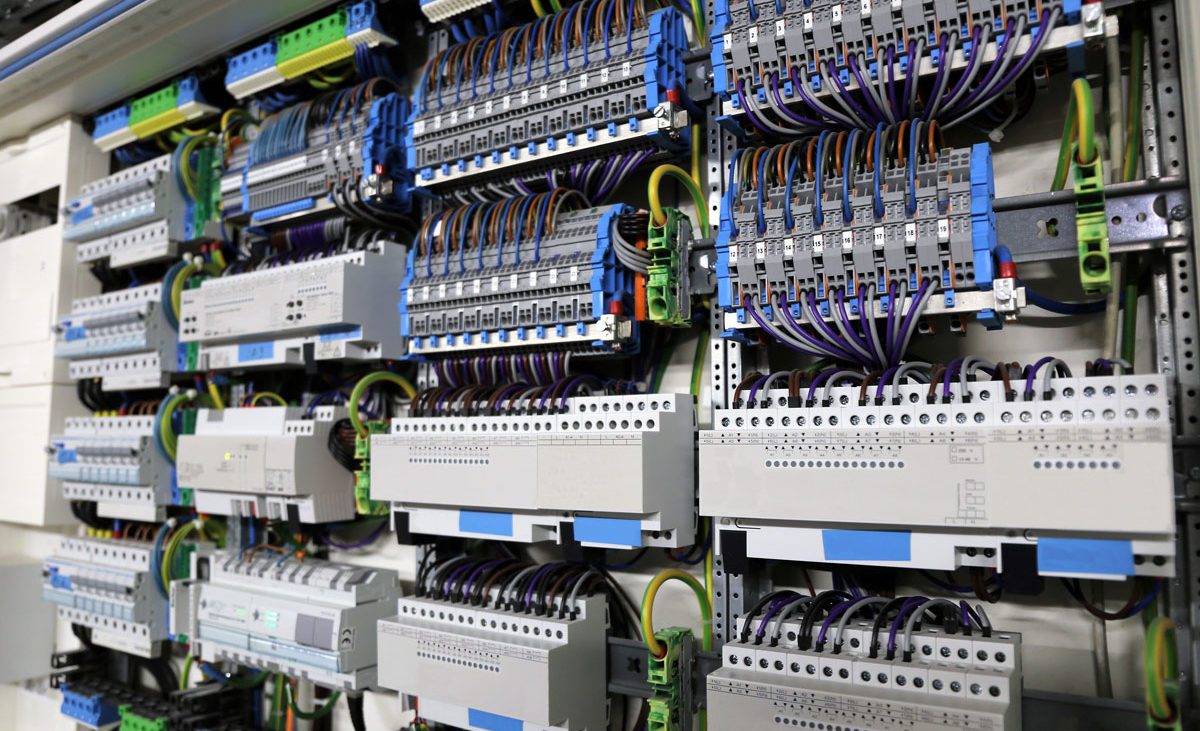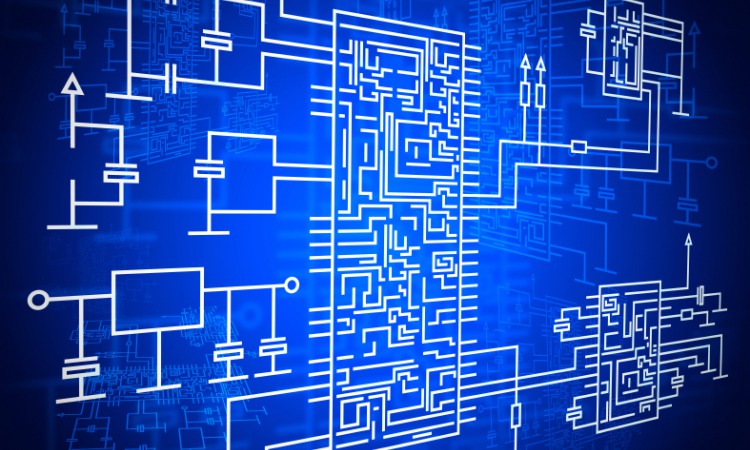Full-Scale Industrial Electrical Design Services to Meet Complex Power Demands
Full-Scale Industrial Electrical Design Services to Meet Complex Power Demands
Blog Article
Innovative Electrical Design Services for Modern Framework
As city settings grow significantly intricate, incorporating modern technologies such as smart grids and renewable energy resources becomes critical. These improvements not only guarantee to maximize power consumption however additionally foster resilience versus future demands.
Significance of Cutting-edge Electrical Design
Cutting-edge electrical design plays a critical duty in modern facilities, influencing not just efficiency however additionally sustainability. As cities advance and the demand for energy boosts, the requirement for sophisticated electric systems becomes paramount. These systems need to not just meet existing needs but likewise anticipate future growth and technical advancements.
A well-executed electric design can dramatically decrease power intake, consequently reducing functional costs and decreasing ecological influence. By incorporating sustainable power sources, such as photovoltaic panels and wind generators, innovative layouts can improve energy self-reliance and durability. In addition, wise grid innovations permit for real-time tracking and management of power circulation, enhancing efficiency and reducing waste.
Security is one more essential element of electric design. Carrying out advanced modern technologies and extensive standards can reduce threats associated with electrical failings, making sure a safe and secure atmosphere for locals and organizations alike. Additionally, ingenious styles facilitate flexibility, allowing facilities to integrate arising technologies perfectly.
Trick Fads in Electric Design
As the landscape of electric design remains to evolve, several essential fads are forming the future of the industry. One significant pattern is the assimilation of clever technology right into electric systems. The spreading of the Net of Things (IoT) has allowed real-time surveillance and control of electric gadgets, improving effectiveness and helping with predictive maintenance.
Another fad is the growing emphasis on modular design. This method permits scalable and flexible services, making it possible for framework to adjust to altering demands without considerable renovations. Additionally, making use of sophisticated simulation tools and Structure Information Modeling (BIM) is becoming significantly widespread, simplifying the design process and boosting collaboration amongst stakeholders.
Additionally, developments in products scientific research are causing the development of lighter, much more long lasting, and energy-efficient elements. This innovation is especially vital for high-performance structures and infrastructure projects.
Finally, there is a significant shift in the direction of data-driven decision-making - residential electrical design. Leveraging data analytics helps designers enhance systems for efficiency and cost-effectiveness. With each other, these patterns symbolize a transformative age in electrical design, enhancing performance, sustainability, and strength in modern facilities
Sustainable Power Solutions
Sustainable energy services are progressively coming to be an important emphasis in electrical design, reflecting a wider commitment to ecological duty and resource performance. These solutions aim to lessen environmental influence while maximizing energy consumption in various facilities, from domestic buildings to huge commercial facilities.
Among the primary techniques includes the assimilation of renewable resource sources, such as solar panels and wind generators, into electrical systems. This not just minimizes dependence on fossil fuels yet also enhances energy strength. Additionally, ingenious power storage systems, such as sophisticated batteries, make it possible for efficient administration and distribution of energy, ensuring that surplus power generated during optimal production can be utilized during high need durations.
Additionally, energy-efficient design methods are being taken on to boost overall system efficiency. This includes utilizing energy-efficient illumination, heating and cooling systems, and clever building technologies that adapt and monitor energy usage based on tenancy and environmental conditions.
Smart Grid Technologies
The implementation of sustainable power solutions naturally results in the exploration of clever grid technologies, which play a critical role in updating electrical systems. Smart grids leverage advanced communication innovations and data analytics to boost the integrity, performance, and sustainability of electrical power distribution. By incorporating digital innovation with conventional grid framework, these systems facilitate real-time monitoring, automated control, and enhanced decision-making capacities.
Among the key features of clever grids is their capacity to fit renewable you can find out more resource resources, such as solar and wind power. This versatility not only reduces reliance on nonrenewable fuel sources but likewise enables a much more decentralized energy manufacturing model. Wise grids enable demand action programs, where consumers can readjust their energy usage based on real-time pricing, therefore promoting power preservation and minimizing peak lots demands.
Additionally, wise grid innovations improve grid resilience by making it possible for quicker identification and resolution of blackouts, ultimately decreasing downtime. With predictive upkeep and analytics, utilities can optimize procedures and improve solution delivery. As cities and areas continue to evolve, wise grid modern technologies are necessary for building a sustainable and effective electric framework that meets the needs of modern-day society.

Future-Proofing Infrastructure
To guarantee long-term stability and versatility, future-proofing infrastructure is vital in the rapidly advancing landscape of electric design services. As innovation advancements and power demands shift, it is vital that electrical systems are made with versatility in mind. This requires incorporating scalable services that can suit future upgrades without requiring comprehensive overhauls.

In addition, sustainability needs to be a cornerstone of future-proofed designs. Using renewable resource sources, such as solar and wind, and maximizing energy performance reduce dependence on nonrenewable fuel sources, aligning with worldwide initiatives to fight environment adjustment.
Conclusion
By focusing on performance, sustainability, and flexibility, these solutions resolve the advancing needs of power systems. The assimilation of clever grid modern technologies and lasting energy remedies boosts durability and decreases operational costs.
A well-executed electric design can considerably decrease power usage, consequently reducing operational costs go to website and lessening ecological effect. By incorporating eco-friendly energy sources, such as solar panels and go to website wind turbines, innovative layouts can improve energy independence and resilience. Additionally, cutting-edge energy storage space systems, such as sophisticated batteries, allow reliable management and circulation of energy, guaranteeing that excess power produced throughout peak production can be used during high need durations.
Wise grids enable demand feedback programs, where customers can change their power use based on real-time pricing, therefore advertising power conservation and lowering peak tons needs. (industrial electrical design)
As modern technology advancements and power demands shift, it is crucial that electric systems are developed with adaptability in mind.
Report this page